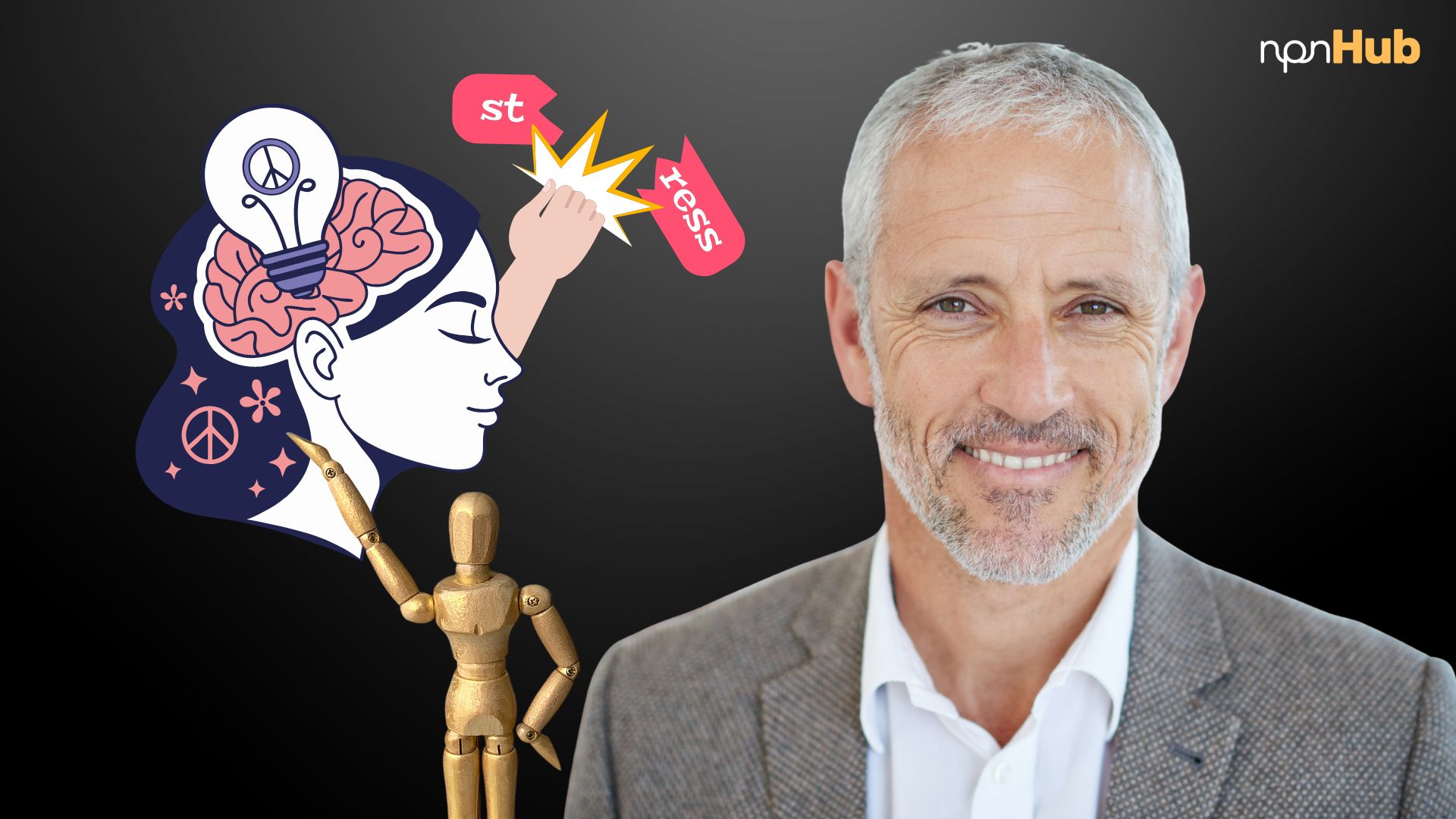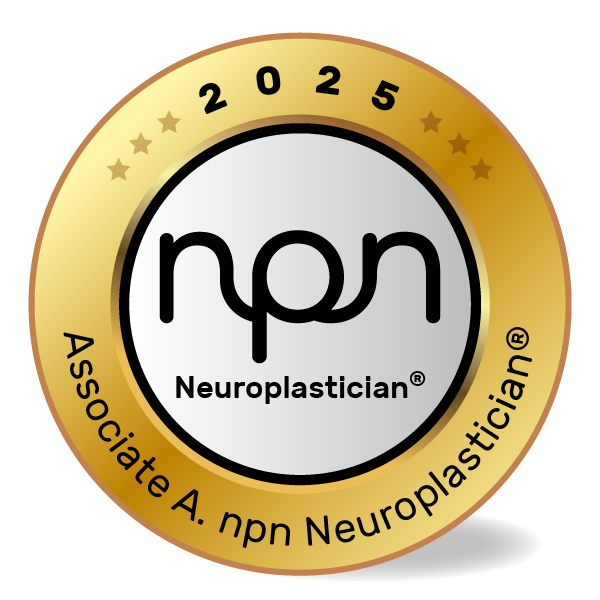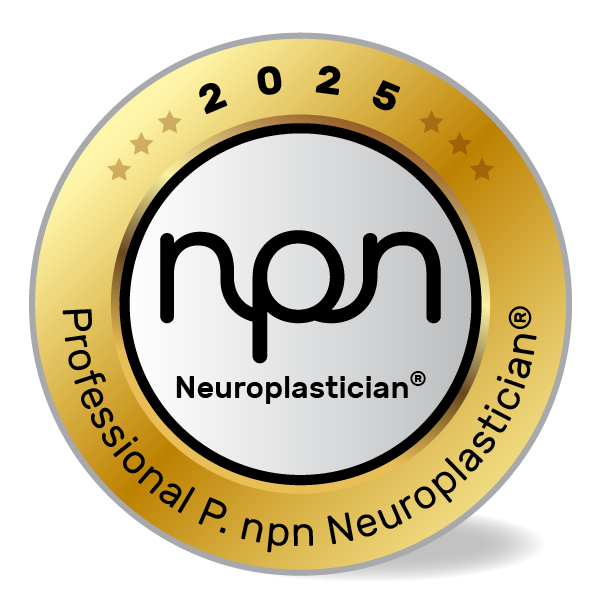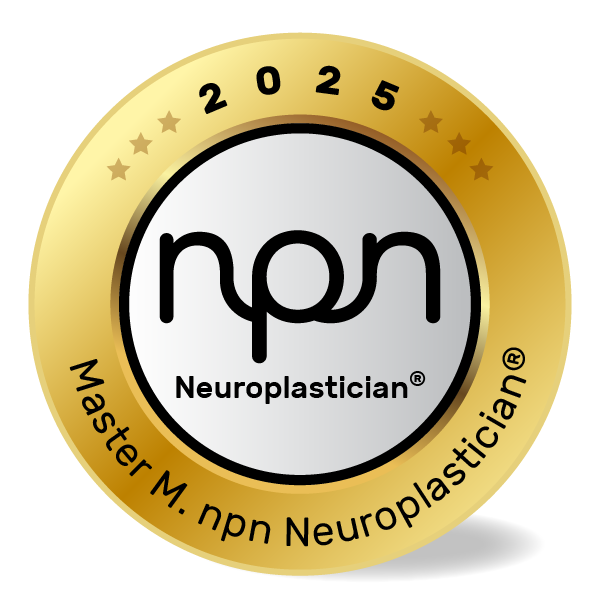How Mindfulness Reshapes Your Brain to Reduce Stress and Boost Well-being
npnhub Editorial Member: Dr. Justin Kennedy curated this blog
Key Points
- Mindfulness practice activates brain areas linked to attention, emotional regulation, and stress reduction.
- Regular mindfulness can decrease activity in the amygdala, the brain’s fear and stress center.
- Neuroplasticity enables lasting brain changes with consistent mindfulness, enhancing resilience to stress.
- Neuroscience practitioners can leverage mindfulness to help clients manage anxiety, depression, and cognitive overload.
- Evidence-based interventions show mindfulness improves executive function, mood, and overall mental health.
1. What is Mindfulness?
Imagine a busy neuroscience coach who starts each day with just 10 minutes of focused breathing before meeting clients. She notices that even on hectic days, she remains calmer, more centered, and better able to handle unexpected challenges. This simple habit helps her manage the constant cognitive demands of her practice.
This example illustrates how mindfulness – paying purposeful, nonjudgmental attention to the present moment – can transform stress responses. It is not merely a relaxation technique but a brain-training exercise with deep scientific roots.
Mindfulness has ancient origins in contemplative traditions but has entered mainstream science largely due to pioneers like Dr. Jon Kabat-Zinn, who developed the Mindfulness-Based Stress Reduction (MBSR) program in the late 1970s (Source). Since then, extensive research, including studies from Harvard University and Massachusetts General Hospital, has illuminated mindfulness’s effects on brain function and structure (Harvard Health Publishing).
By practicing mindfulness, individuals learn to observe thoughts and emotions without reactivity, rewiring how the brain processes stress and fostering a healthier mental state.
2. The Neuroscience of Mindfulness
Consider a neuroscientist working with patients recovering from trauma. She observes how guided mindfulness sessions visibly calm their nervous systems, reflected in EEG and fMRI scans. Patients show increased activity in brain areas linked to self-regulation and decreased reactivity in regions associated with fear.
This real-world example demonstrates core neural mechanisms behind mindfulness. Neuroscience reveals that mindfulness practice strengthens the prefrontal cortex, responsible for executive function, attention control, and emotion regulation. Concurrently, it reduces activity in the amygdala, the brain’s alarm system triggering fight-or-flight stress responses.
Research by Dr. Sara Lazar at Harvard found that mindfulness meditation increased cortical thickness in the prefrontal cortex and insula, areas key to awareness and emotional processing (Lazar et al., 2005). Additionally, mindfulness enhances connectivity within the default mode network (DMN), which modulates mind-wandering and self-referential thought, helping practitioners disengage from rumination.
Key neurotransmitters like gamma-aminobutyric acid (GABA) and serotonin are also modulated, supporting a calmer mood and reduced anxiety.
In summary, mindfulness reshapes brain function by bolstering top-down control from the prefrontal cortex while quieting stress and fear circuits in the amygdala.
3. What Neuroscience Practitioners, Neuroplasticians, and Well-being Professionals Should Know About Mindfulness
Imagine a coach working with clients suffering from chronic anxiety. She introduces short daily mindfulness exercises and notices that clients gradually report less overwhelm and more cognitive clarity. However, some clients resist, thinking mindfulness is about “emptying the mind” or “stopping thoughts,” which often leads to frustration.
This example highlights common misconceptions practitioners encounter. Mindfulness is not about eliminating thoughts but observing them with curiosity and kindness. Neuroscience professionals must guide clients away from myths that mindfulness requires perfect concentration or immediate results.
Frequently asked questions include:
- How long does it take for mindfulness to change the brain?
- Can mindfulness help clients with ADHD or PTSD?
- What if clients find mindfulness increases their anxiety at first?
Research from institutions like the University of Oxford and the University of California has shown that even brief mindfulness interventions (8 weeks or less) produce measurable brain changes and mental health benefits, but the timeline varies individually(Source) .
Mindfulness can be adapted for neurodiverse populations with modifications, such as using movement-based or shorter practices to accommodate attention differences.
Understanding these nuances allows practitioners to personalize mindfulness approaches and integrate them effectively into therapy, coaching, or education.
4. How Mindfulness Affects Neuroplasticity
Mindfulness works by repeatedly engaging brain circuits that regulate attention and emotion, reinforcing those pathways and creating lasting change. Neuroplasticity, the brain’s ability to reorganize itself, underlies this transformation.
Repeated mindfulness practice strengthens the prefrontal cortex’s connections with the amygdala, enhancing top-down control over emotional responses. This helps decrease automatic stress reactions and increases resilience.
A study published in Frontiers in Human Neuroscience demonstrated that after an 8-week mindfulness training program, participants showed increased gray matter density in brain regions involved in learning, memory, and emotion regulation (Holzel et al., 2011).
The more one practices mindfulness, the more these neural pathways become “hardwired,” making it easier to access calm and clarity even during stress.
5. Neuroscience-Backed Interventions to Improve Mindfulness Practice
Why Behavioral Interventions Matter
Despite mindfulness’s proven benefits, many clients struggle with maintaining a consistent practice due to cognitive distractions, impatience, or misconceptions. Neuroscience practitioners must implement targeted interventions that support sustained engagement and optimal brain adaptation.
1. Guided Mindfulness Meditation
Concept: Guided meditation recruits attentional networks and supports sustained focus, essential for neuroplasticity (Dr. Judson Brewer’s research).
Example: A wellbeing coach uses audio-guided meditations to help clients establish a daily routine.
Intervention:
- Provide clients with short, accessible guided sessions.
- Encourage daily practice, even 5–10 minutes.
- Use apps or recordings tailored to client preferences.
2. Mindful Breathing Techniques
Concept: Focused breathing activates the parasympathetic nervous system, reducing amygdala hyperactivity and calming stress circuits (Harvard Health).
Example: A healthcare provider teaches clients the “4-7-8” breath to use before stressful meetings.
Intervention:
- Train clients in simple breathing exercises.
- Practice breath awareness in session and assign as homework.
- Use breathing as an anchor during moments of distress.
3. Body Scan and Sensory Awareness
Concept: Enhancing interoceptive awareness improves prefrontal regulation of emotion and decreases automatic stress responses (Dr. Norman Farb’s work).
Example: A neuroplasticity coach integrates body scan exercises to help clients tune into physical sensations and reduce anxiety.
Intervention:
- Guide clients through systematic body scans.
- Encourage noticing physical sensations without judgment.
- Use this practice to build present-moment awareness.
6. Key Takeaways
Mindfulness is a powerful, neuroscience-backed tool for rewiring the brain to handle stress better and enhance well-being. By strengthening executive function and calming the amygdala, mindfulness fosters resilience, emotional balance, and cognitive clarity. Neuroscience practitioners and well-being professionals can support clients through tailored mindfulness interventions, overcoming common misconceptions and boosting neuroplasticity.
- Mindfulness reshapes brain networks to reduce stress and improve focus.
- Neuroplasticity enables lasting benefits with consistent practice.
- Behavioral strategies enhance mindfulness adherence and outcomes.
- Embracing mindfulness empowers clients to manage anxiety and improve mental health.
7. References
- Lazar, S. W., Kerr, C. E., Wasserman, R. H., et al. (2005). Meditation experience is associated with increased cortical thickness. NeuroReport, 16(17), 1893–1897.https://pubmed.ncbi.nlm.nih.gov/16272874/
- Holzel, B. K., Carmody, J., Vangel, M., et al. (2011). Mindfulness practice leads to increases in regional brain gray matter density. Frontiers in Human Neuroscience, 5, 18.https://pmc.ncbi.nlm.nih.gov/articles/PMC3004979/
- Harvard Health Publishing. (2019). Mindfulness meditation: A research-proven way to reduce stress.https://www.health.harvard.edu/blog/mindfulness-meditation-may-ease-anxiety-mental-stress-201401086967
- Brewer, J. A., Worhunsky, P. D., Gray, J. R., et al. (2011). Meditation experience is associated with differences in default mode network activity and connectivity. Proceedings of the National Academy of Sciences, 108(50), 20254–20259.https://www.pnas.org/doi/10.1073/pnas.1112029108
- Farb, N. A., Segal, Z. V., & Anderson, A. K. (2013). Mindfulness meditation training alters cortical representations of interoceptive attention. Social Cognitive and Affective Neuroscience, 8(1), 15–26.https://pubmed.ncbi.nlm.nih.gov/22689216/















